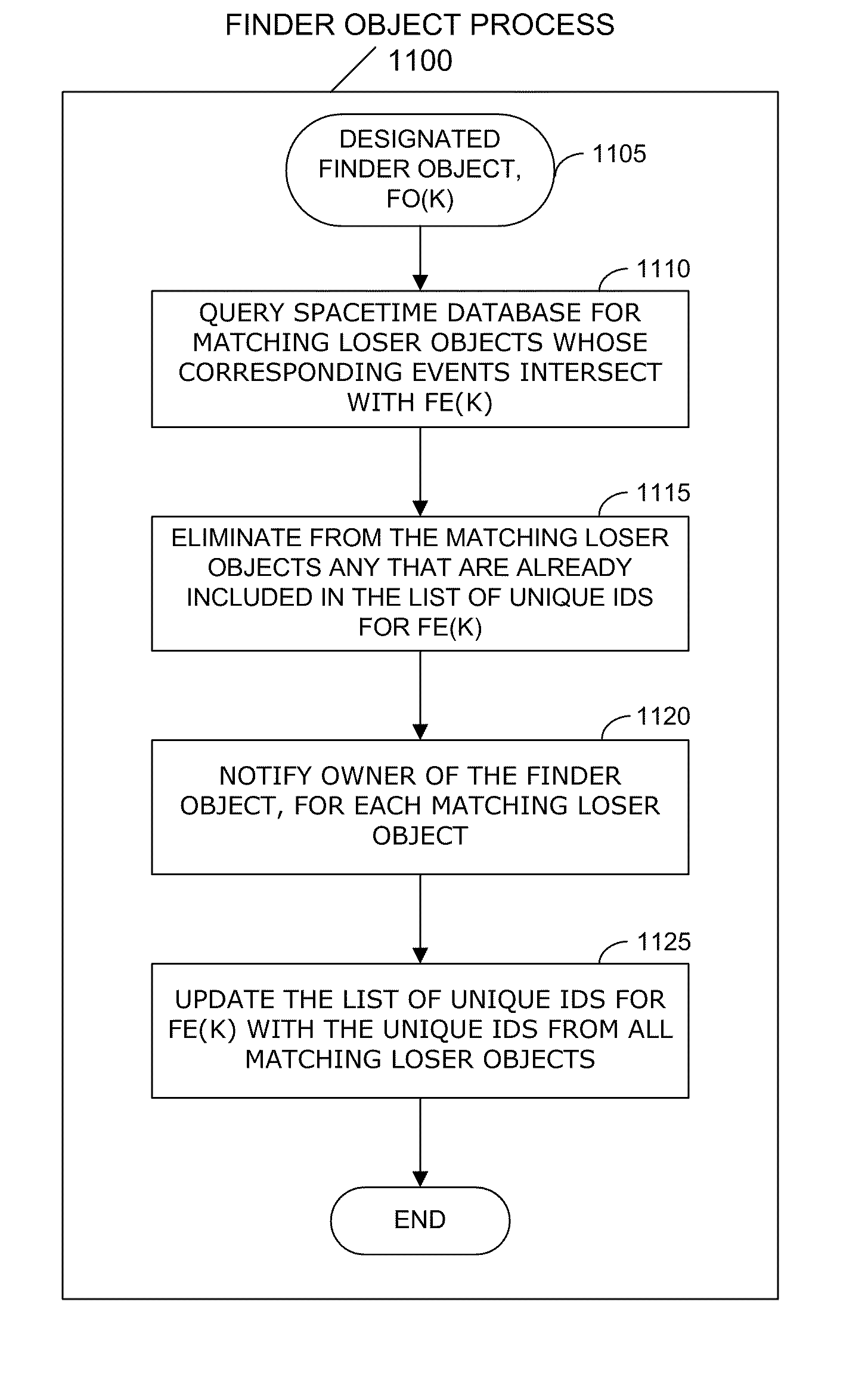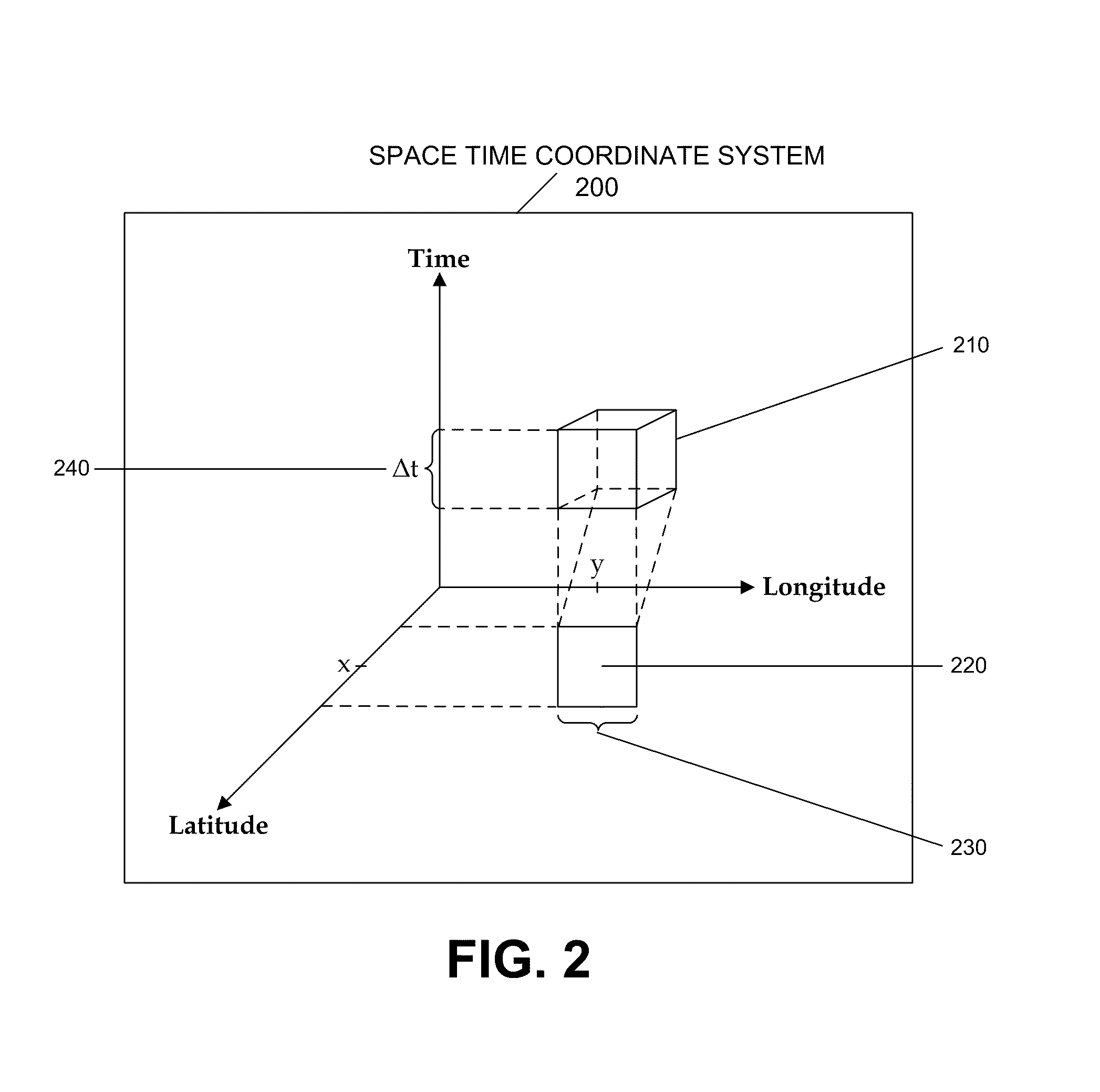Interpersonal Spacetime Interaction System
a spacetime interaction and interactivity technology, applied in the field of interactivity spacetime interaction systems, can solve the problems of not being able to enable individuals unknown to each other to plan, schedule, coordinate and otherwise interact, and systems are not well-suited to enable interaction between individuals, so as to minimize both the effort needed and the possibility of fraud
- Summary
- Abstract
- Description
- Claims
- Application Information
AI Technical Summary
Benefits of technology
Problems solved by technology
Method used
Image
Examples
embodiment
Lost And Found Embodiment
In an embodiment of an ISIS directed towards improving the efficiency and likelihood that lost objects will be regained by their owners there are two categories of users, referred to as losers and finders. A loser is a person who has lost a physical object. A finder is a person who has found a physical object. The purpose of the lost and found system is to help the finder of an object to come into contact with the loser of the object.
After losing an object, the loser, L, can use the lost and found system to create an object stored in ISIS whose event component specifies the approximate time and location in which L believes that the item was lost. The ability of ISIS to define an event as an arbitrary subset of spacetime is particularly useful in this embodiment. For example, an event consisting of a “tube” in spacetime can contain the route that L took while walking from location A to location B during which time L lost an object. Alternatively, an event def...
PUM
 Login to View More
Login to View More Abstract
Description
Claims
Application Information
 Login to View More
Login to View More - R&D
- Intellectual Property
- Life Sciences
- Materials
- Tech Scout
- Unparalleled Data Quality
- Higher Quality Content
- 60% Fewer Hallucinations
Browse by: Latest US Patents, China's latest patents, Technical Efficacy Thesaurus, Application Domain, Technology Topic, Popular Technical Reports.
© 2025 PatSnap. All rights reserved.Legal|Privacy policy|Modern Slavery Act Transparency Statement|Sitemap|About US| Contact US: help@patsnap.com



